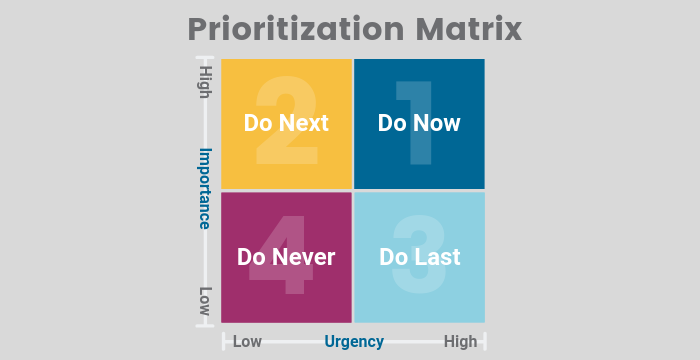Your 5 Step Guide to an Employee Coaching Program
What if your company could teach employees new skills, develop leadership skills, and improve overall satisfaction…for free? I’m willing to bet you would jump at the chance to get this in place. Well, with an employee coaching program, you can.
According to Harvard Business Review, “Work groups in which employees report that their supervisor (or someone else at work) cares about them as a person, talks to them about their career progress, encourages their development, and provides opportunities to learn and grow have lower turnover, higher sales growth, better productivity, and better customer loyalty than work groups in which employees report that these developmental elements are scarce.” Sounds pretty ideal. So, let’s dive in on how to get started.
Here are 5 steps to launching an employee coaching program using the resources your company already has:
What’s the goal of your employee coaching program? By defining your objective, you can structure your program to best meet those goals. If your goal is to improve retention rates, your program will be set up differently than a program designed to increase employee engagement, shorten new employee ramp time, or bring more diversity to the management team. On the other hand, employee coaching programs can also be used to train managers on leadership skills such as providing praise, giving positive feedback, delivering constructive criticism, or coaching a struggling employee.
If your organization is formal, have formal applications, process, structure, and requirements in place to join the coaching program. If your workplace tends to be more relaxed, let your employees give input on what they would like to gain from this program. When addressing your team, come prepared with conversation starters like “what do you hope to gain from this program?” and “what skills would you like to learn to move up in your career?” By embedding an employee coaching program into your company culture, your team will genuinely adopt and want to actively participate.
Having a process in place for your program is crucial to its success. Whether you create a formal pairing program between coach and employee or decide to match employees with their peers, giving your program a structure will help relationships flourish. Having open lines of communication is crucial to success. Which is why having a leader in place is necessary for program management, feedback analysis, as well as mediating any issues that may arise.
In order for your employee coaching program to succeed, set clear expectations from the start. That means laying out ground rules for participation, having open lines of communication, buy in from employees and leadership, as well as, expected outcomes. This is also a good time to set how often and what the process for measuring success will be. For example, if your program is focused on leadership training, how many employees have received promotions in the past year?
Continuous improvement and development applies not only to your employees but to your overall employee coaching program as well. As you measure the impact of your program on overall employee satisfaction and culture, it’s also important to ask for feedback and learnings from the team. How is their experience at work different with the program in place? What have they learned or applied to their daily role? Are you as an organization closer to meeting your objective? You can continuously improve the program by receiving intel from program participants while giving them the opportunity to develop their leadership and communication skills.
Providing the opportunity to grow and develop through an employee coaching program requires having a plan in place. Companies of all sizes can start empowering their employees and grooming them for success, without a large budget or expensive initiative in place.








